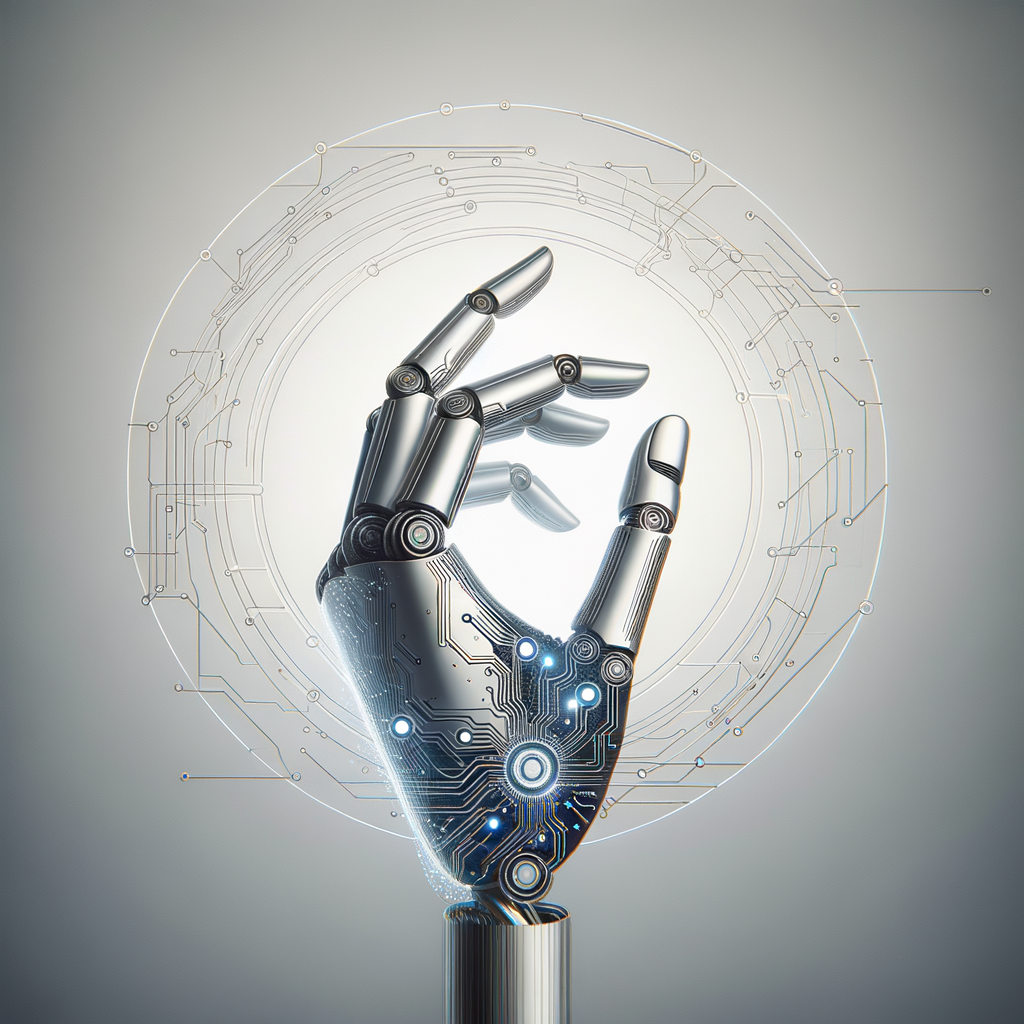
Beyond Automation: The Future of Autogen in AI Development
Discover how Autogen is set to revolutionize the future of AI development. This blog delves into the potential of Autogen technologies, examining their ability to automate processes and enhance efficiency in AI projects. We explore practical applications, future trends, and how developers can leverage Autogen to stay ahead in the rapidly evolving world of artificial intelligence.
Beyond Automation: The Future of Autogen in AI Development
Introduction
In the fast-evolving realm of artificial intelligence, the quest for greater efficiency and innovation is ceaseless. As AI technologies mature, developers are constantly seeking tools and methodologies that can outperform traditional techniques, streamline workflows, and reduce time-to-market. One of the most promising approaches lies in Autogen technologies, poised to reshape the landscape of AI development.
What is Autogen?
Autogen—or automatic generation—refers to the ability of AI systems to autonomously generate content, models, or functions without direct human intervention. This capability spans a broad spectrum from code generation to AI model creation, fundamentally altering how developers approach problem-solving and project execution.
Historical Context
The concept of automatic generation isn't entirely new; it has its roots in earlier developments such as code compilers and template engines. However, with advancements in machine learning algorithms and neural networks, Autogen has taken on a new dimension, offering unprecedented capabilities and possibilities.
Transforming AI Development
1. Speed and Efficiency
By enabling systems to autonomously handle repetitive and labor-intensive tasks, developers can significantly accelerate their development cycles. Autogen tools allow for rapid prototyping and iteration, freeing up valuable human resources to focus on higher-order tasks and strategic planning.
2. Enhanced Creativity
Autogen is not just about efficiency; it also enhances creative potential. By generating multiple variations of models or solutions, developers can explore a wider array of possibilities without manually crafting each variant. This iterative creativity fosters innovation and paves the way for breakthrough solutions.
3. Cost Reduction
Reducing the need for extensive manual coding and resource-intensive processes directly translates to cost savings. Autogen mitigates the expenses associated with human capital and error rectification, delivering more value over the lifecycle of an AI project.
Applications of Autogen
1. Automated Code Generation
Tools like GitHub Copilot have demonstrated the viability of AI-assisted coding, offering developers real-time suggestions and auto-completion features. Autogen takes this a step further by suggesting and implementing entire code blocks or scripts based on high-level architectural specifications.
2. Dynamic Model Creation
AI systems can autonomously generate and train machine learning models optimized for specific tasks. By leveraging Autogen, organizations can tailor algorithms to nuanced datasets, ensuring optimal performance without the need for exhaustive manual tweaking.
3. Content and Media Production
Beyond the scope of coding and development, Autogen finds its place in content creation and media production. From generating music and artwork to crafting articles and reports, the technology automates the creative process, delivering quality output rapidly and at scale.
The Future of Autogen
Trends and Predictions
Looking ahead, the influence of Autogen on AI development is likely to expand. Integrations with natural language processing and advanced machine learning models will enable even more sophisticated autonomous creation. We anticipate broader adoption across industries as businesses recognize the competitive edge that Autogen technologies offer.
Challenges to Overcome
Despite its potential, the path to widespread implementation is fraught with challenges. Ensuring quality control, maintaining ethical standards, and addressing security concerns remain paramount. The onus is on developers and stakeholders to build systems that are not only efficient but also responsible and aligned with societal values.
Conclusion
Autogen represents a significant leap forward in AI development. By embracing this technology, developers can break free from the limitations of traditional methodologies, creating solutions that are faster, smarter, and more innovative. As we stand on the cusp of this transformation, the future of AI appears brighter and more promising than ever.